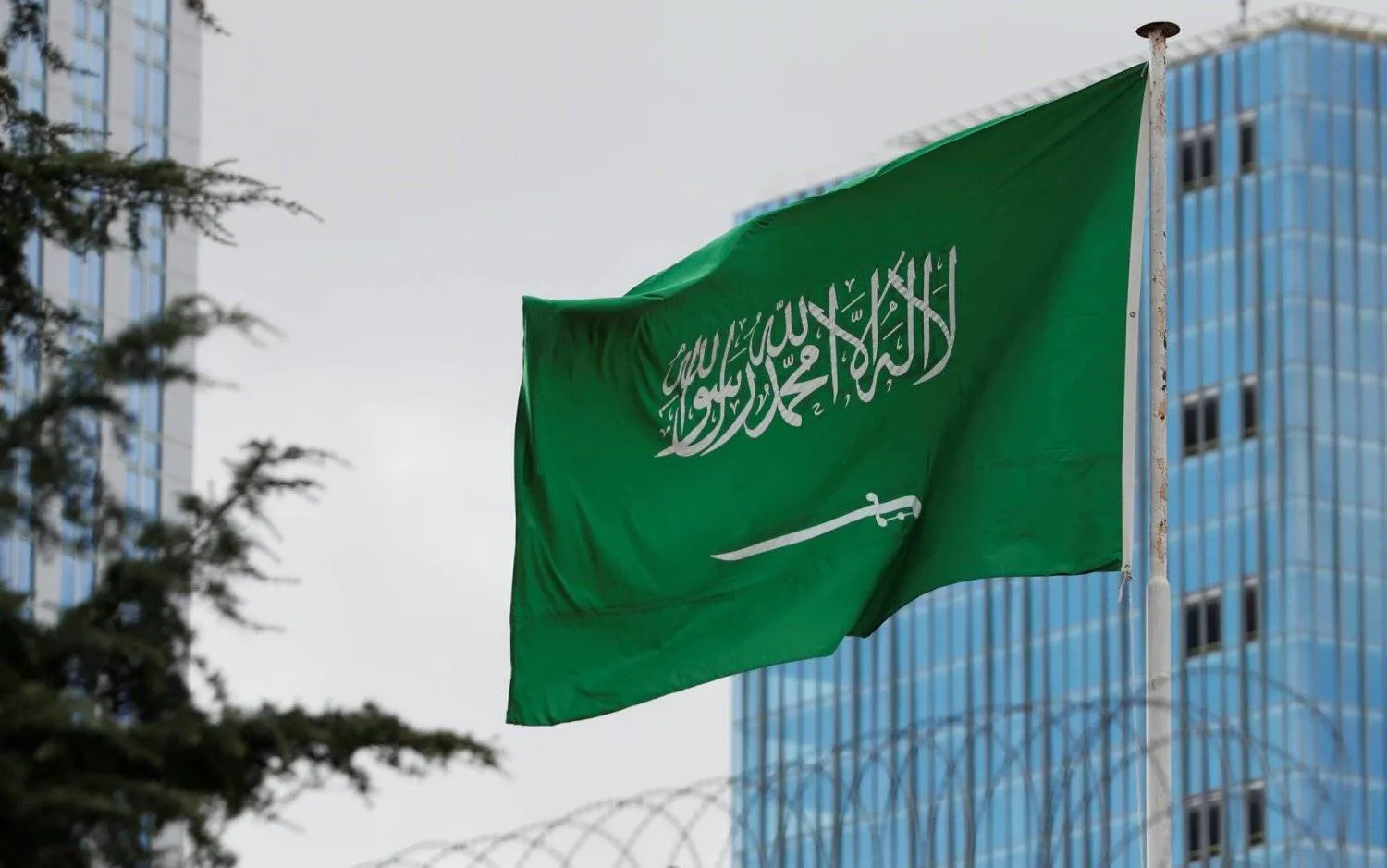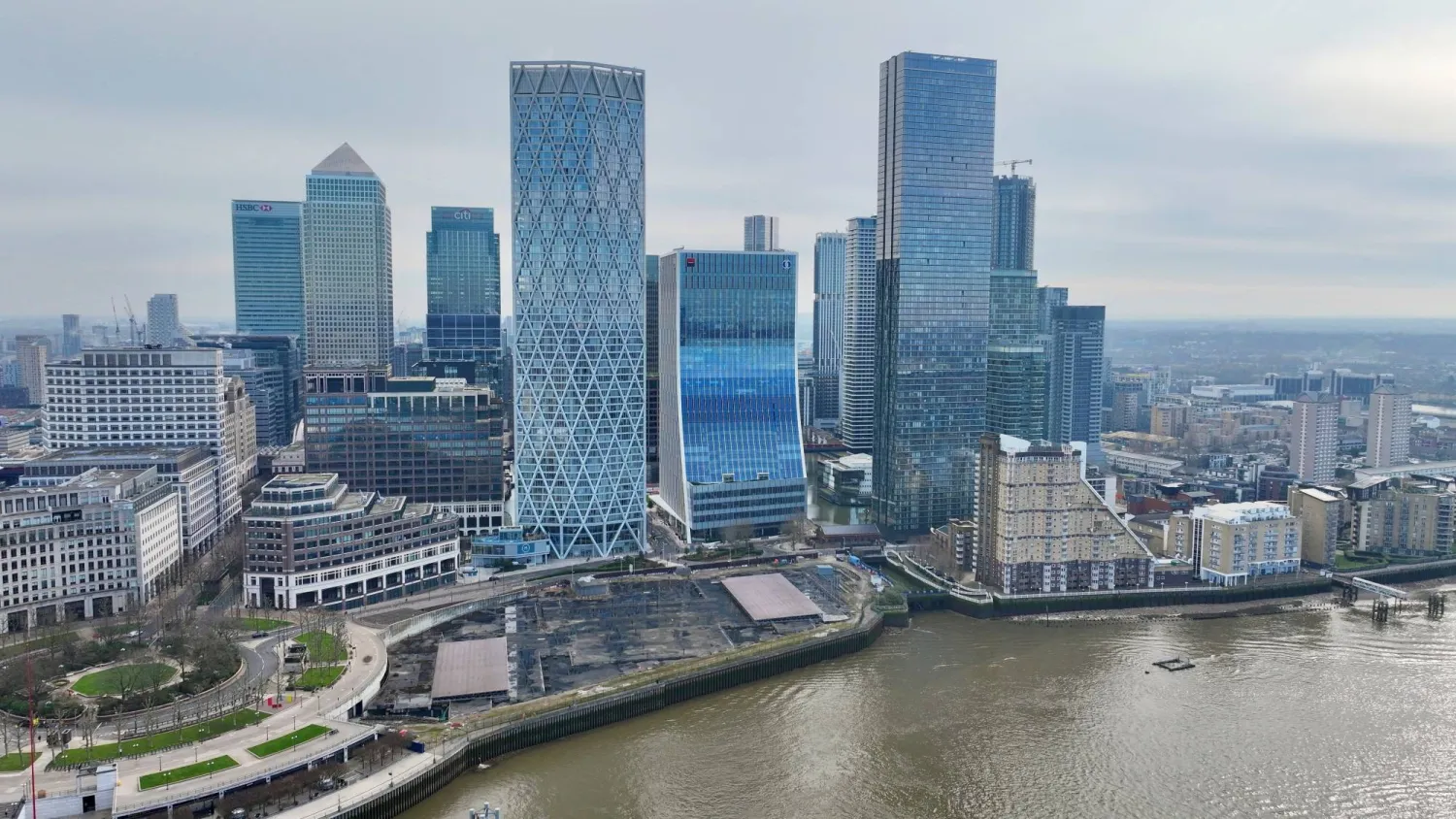Hussain Sajwani, Chairman of the Board of Directors of DAMAC, said that the group’s investment in data centers in Saudi Arabia came after an extensive study of the Saudi market, which offered many promising investment opportunities within the framework of Vision 2030.
In an interview with Asharq Al-Awsat, Sajwani pointed to the Kingdom’s developed infrastructure, which allows quick access to undersea cable systems, making it one of the most connected countries of the Gulf Cooperation Council on both the local and international levels.
“Saudi Arabia’s national fiber optic network provides terrestrial connectivity to all major Gulf markets, and is a gateway to the main regional submarine cable unloading stations,” he said.
Sajwani noted that the idea of investing in data centers in general dates back to 2020, during the Covid-19 pandemic.
“After I conducted many consultations with specialized analysts and the work team, we began to develop plans and strategies for investing in data centers… In 2021, we obtained a piece of land in Dammam and began establishing a data center there,” he recounted.
Regarding DAMAC’s future plans, the chairman said that the group was seeking to establish two data centers in Dammam and Riyadh with a total capacity of 35 megawatts.
“We have already started building the Dammam Center, which is expected to be ready by the fourth quarter of this year. At an initial stage, the capacity of each center will reach 5 megawatts by the end of 2023, and will be raised again by adding another 5 megawatts for each center in the last quarter of 2024,” Sajwani told Asharq Al-Awsat.
“The total data capacity of the two centers is expected to reach 55 megawatts in 2025,” he added.
The Emirati businessman stressed that Damac’s data centers in Riyadh and Dammam will support Vision 2030, by providing a basis for digital transformation and local and regional innovation.
He revealed that the volume of his group’s investments in data centers in Saudi Arabia amounted to about $600 million and constituted 60 percent of the total volume of DAMAC’s investments in data centers.
Saudi Arabia has been witnessing “a tremendous development in the field of investment, through an ambitious youth vision led by Crown Prince Mohammed bin Salman, to enhance investment opportunities and attract investors from all over the world,” Sajwani emphasized.
He continued: “This growth is the result of the great efforts made by the government to transform the Kingdom into an attractive economic environment for foreign investments, which encouraged many international companies to open regional headquarters in Saudi Arabia.”









